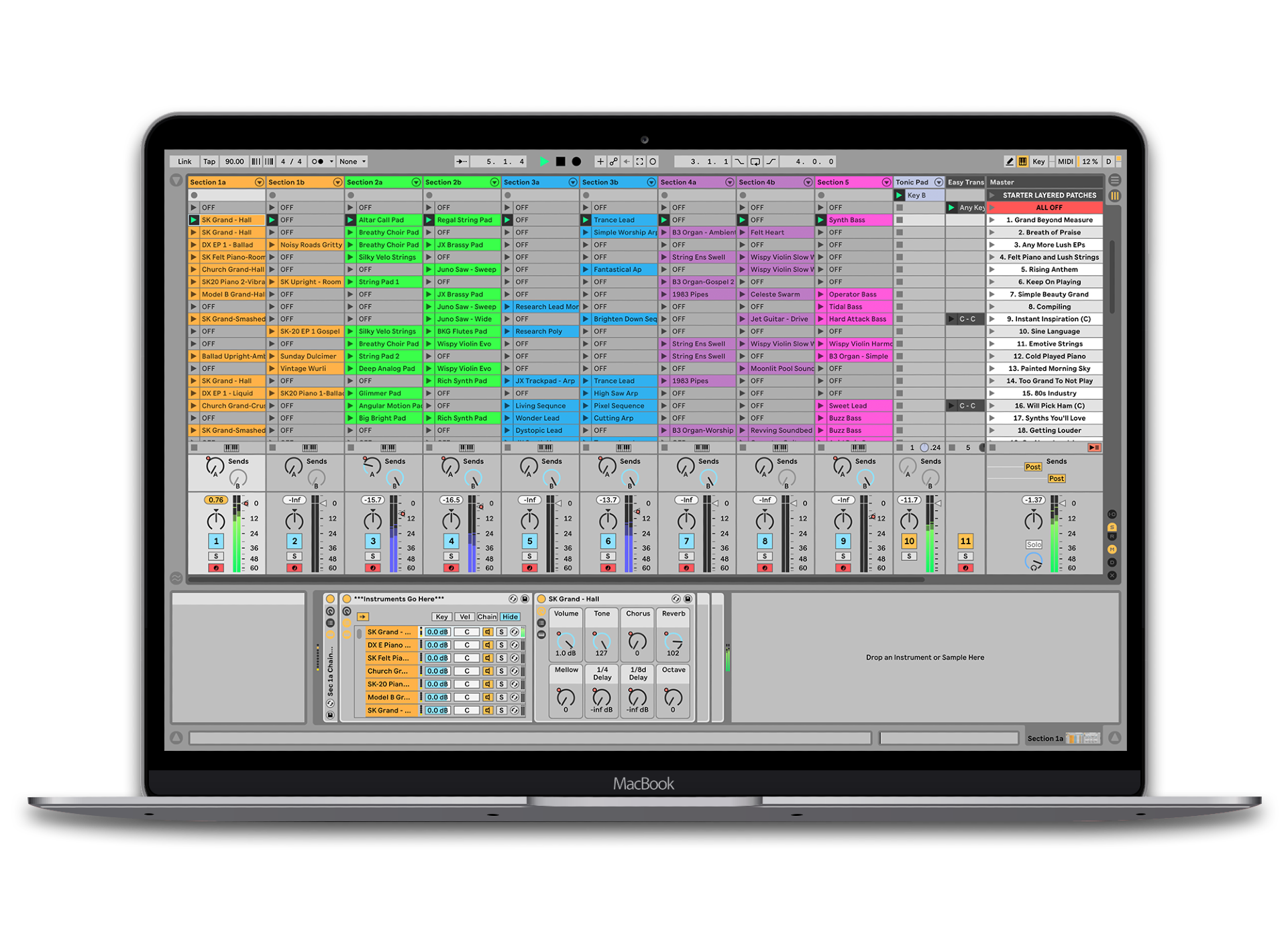


Synthesisers, however, can cover a lot of ground, from deep lows to shrill highs, and can overwhelm a mix as a result. Real-world instruments such as drums, bass and guitars will arguably EQ themselves up to a point, thanks to their traditionally well-defined roles.

It will likely save you a lot of editing time. You can try this out on every voice track, whether it’s singing or speech. Before using limiters, compressors or automation to even out track levels such as a vocal, try using a plug-in that will automatically ride the track’s volume – see Melda Productions’ MAutoVolume – and raise the lower levels while lowering the highs.

Doing it this way should preserve the relationship you’ve built between your track levels. If any of your tracks are going over -1.0 dB, select all of the tracks at once, grab any one of the mixer faders and pull it down until the red peaks disappear. What do you like about the mix? What tools did they use? How can you recreate them?Ĭheck your levels. Find a song that’s a good example of the sound you’re after, load it into your arrangement and listen to it back and forth as you mix your own tune. It’s not cheating to use a reference track. Do you really need everything in your track? Don’t keep parts that don’t work just because they took a lot of time and effort to create. Be super-critical about your material and ask yourself difficult questions but, more importantly, have the guts to answer them too. You’re working on your own tunes here, so the mixing process begins with signing off on your arrangement. There are mix engineers who’ll accept your Live projects so they can dig right in and adjust everything at the clip and device level. Freezing tracks can also help but resist the temptation to flatten them and convert them to audio permanently. It might be that you hit upon an effective compromise setting that you never have to change – we don’t often change buffer size unless we’re taking audio in from a particular piece of synced hardware. Here, our priority is stability over speed. Live, the priority is responsive playback. You can raise the buffer size to make it play back more smoothly, albeit in a way that would be too lag-heavy for live use.


 0 kommentar(er)
0 kommentar(er)
